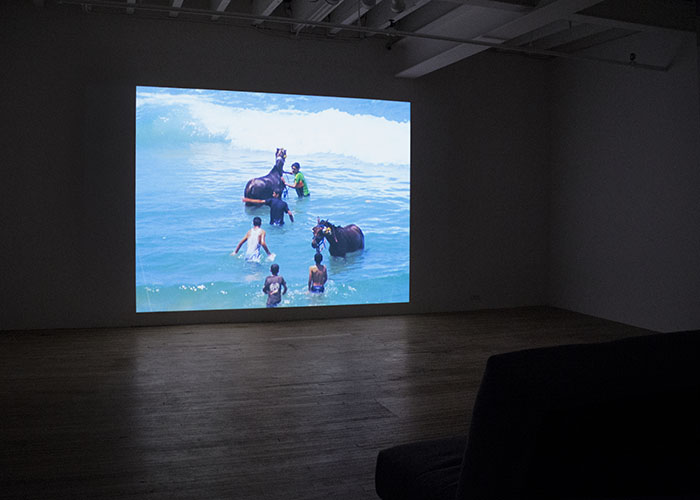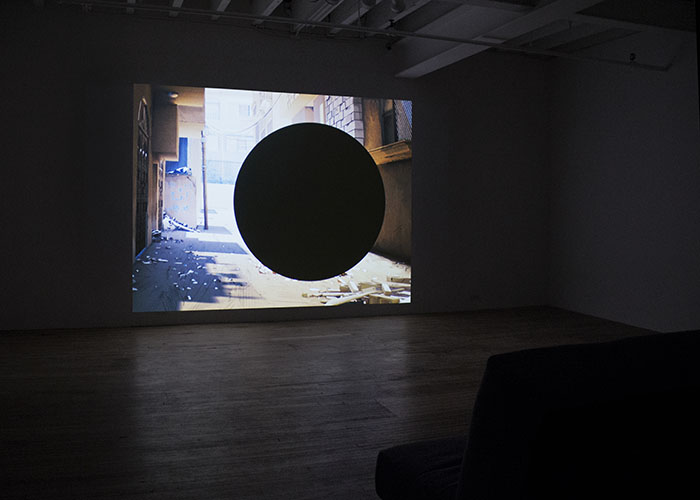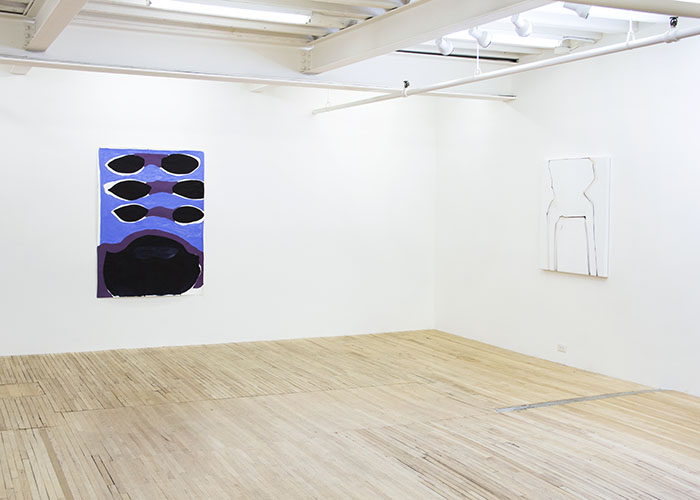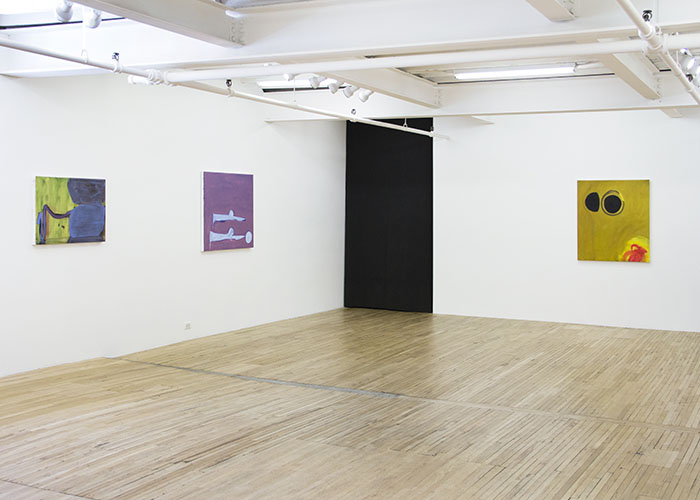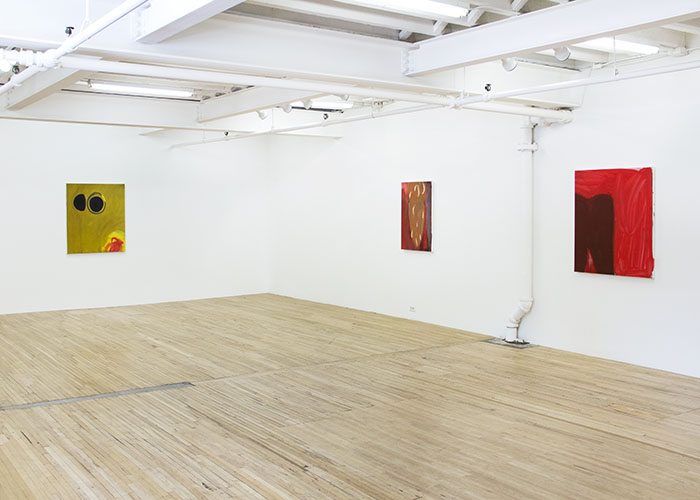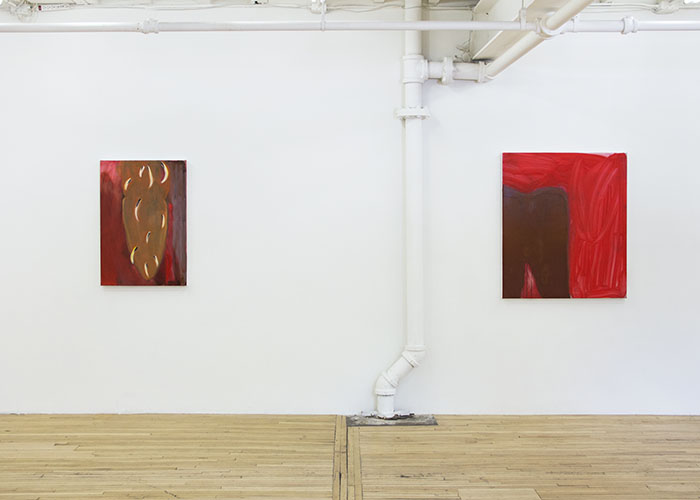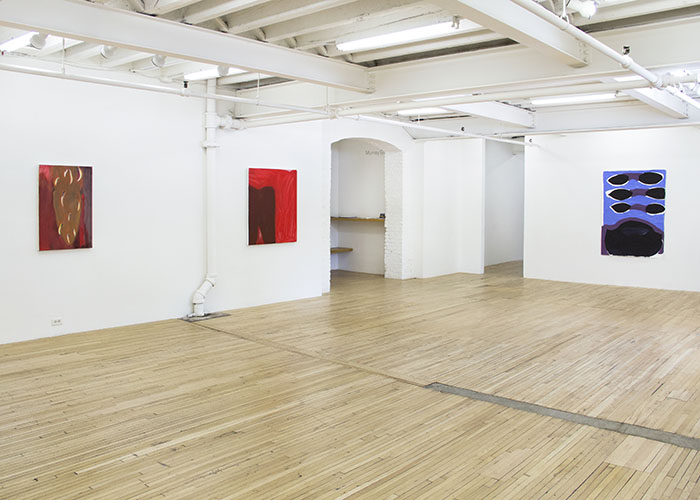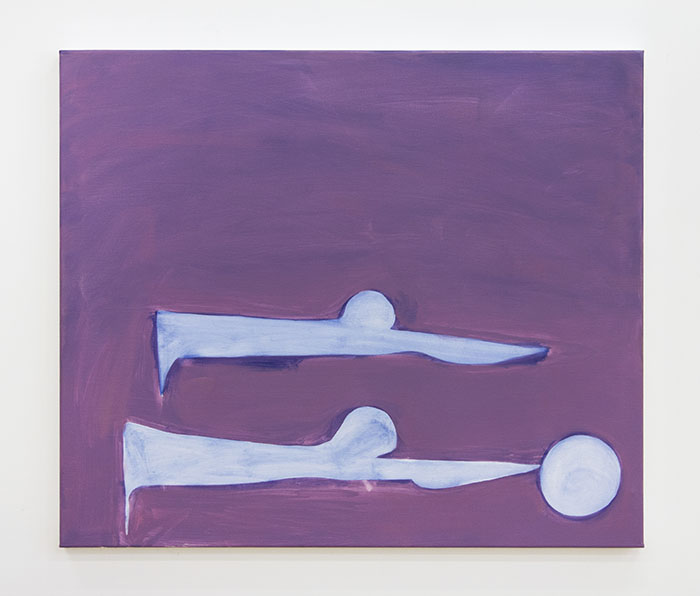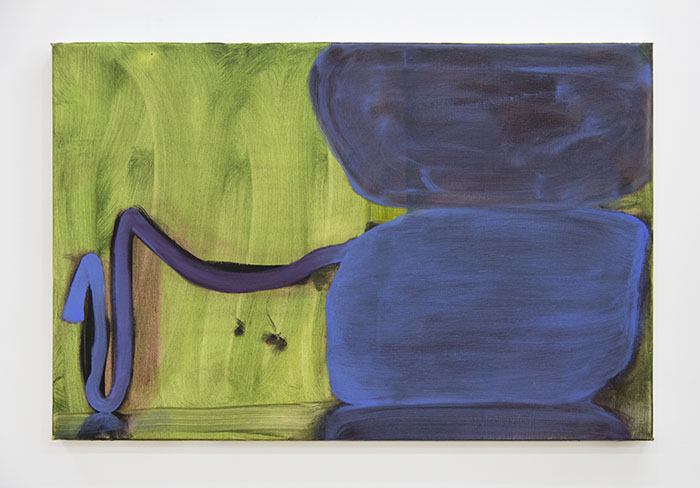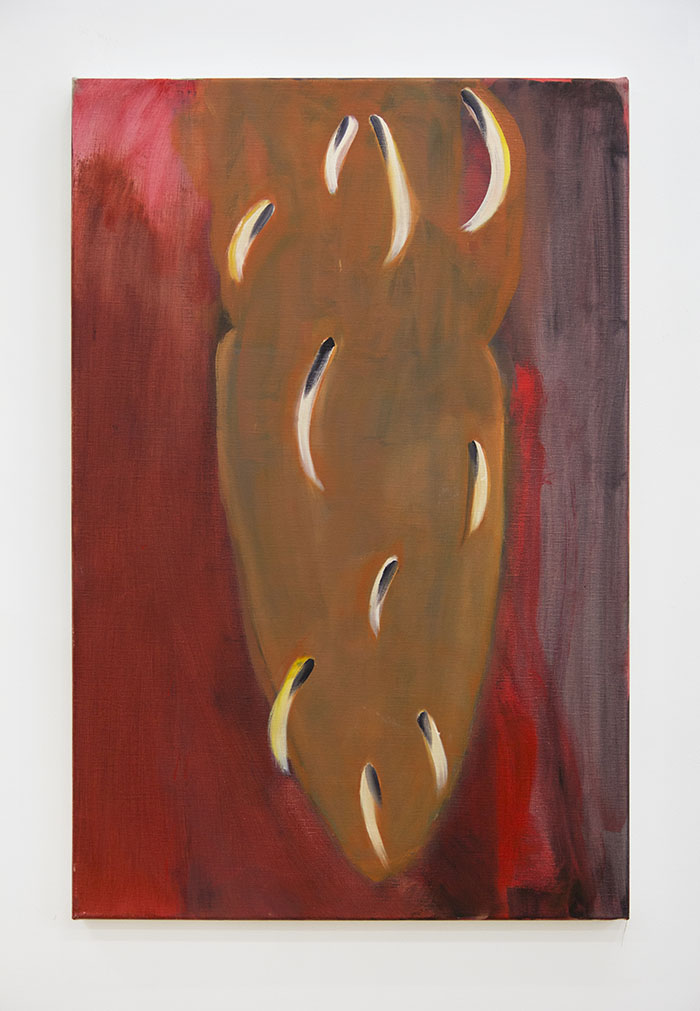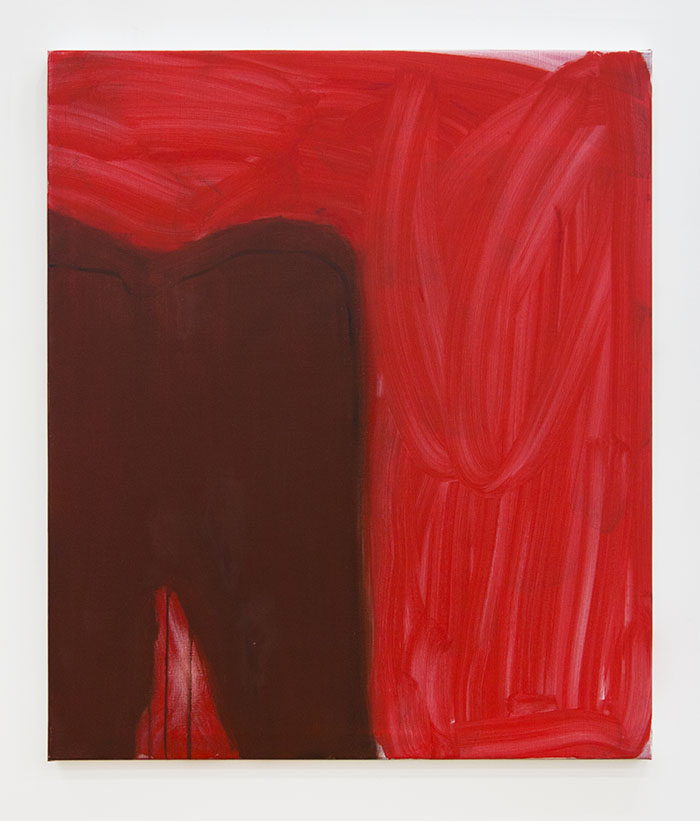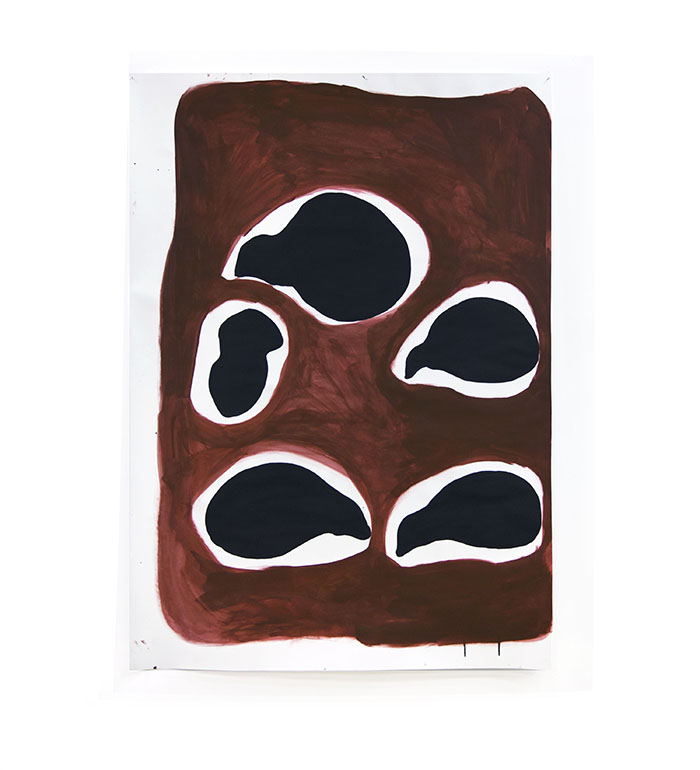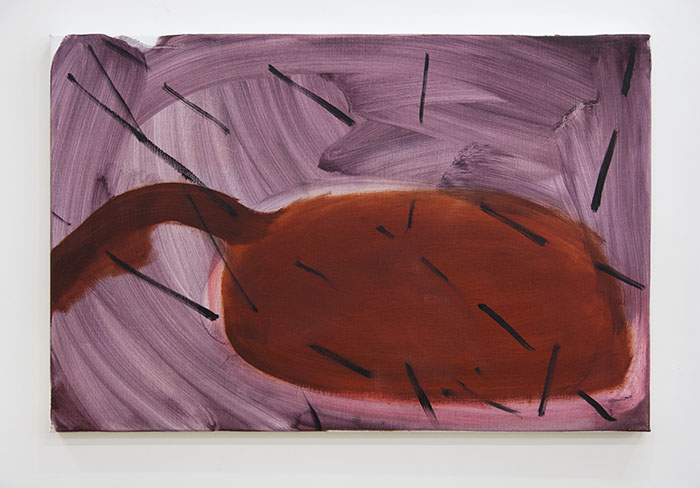ROSALIND NASHASHIBI: Two Tribes
Murray Guy is pleased to present the US premiere of Electrical Gaza, a new film by Rosalind Nashashibi, which takes place in Gaza in 2014, immediately preceding the most recent bombardment, Operation Protective Edge. The film was commissioned by the Imperial War Museum, London where it was presented in 2015.
“A territory under double enchantment” is emphasized in Nashashibi’s use of live action filmmaking alongside animation, as well as unexpected dualisms that reflect Gazan life under siege – a society sealed from the outside while dominated by layers of social protocol from within. “I realized that I could present Gaza through the language and eyes of childhood as an enchanted place, because it exists on a different plane of reality to everything that surrounds it… You cannot enter Gaza without complex dealings with different groups. Most of that process is hidden and opaque and the outcome insecure.”
Throughout the film, a scene will sharply jump from a picturesque palm landscape or bathers in the turquoise Mediterranean Sea to jarring shots in fast moving cars, or moments in which the entire frame is filled by jostling male bodies. The intensity of these nonlinear scenes, embellished with rich color and song, complicate a singular interpretation of a region that is heavy with consequence. The title of the film further suggests a place that is “highly charged, tense, artificial and even exciting, but a million miles away from the rush of happiness and life that fresh air can provide. The implication is that you cannot live permanently in that ‘electrical’ air without becoming damaged and exhausted.” The siege is in everything in Gaza. It’s enchantment pervades the minds of the Gazans, whether they are singing or bathing. It is not limited to political sites and conversations. Each of the animated scenes relates directly to a live-action scene and while it portrays some of the elements faithfully, other details are enhanced and altered, suggesting an alternative version of time, space, and experience. Electrical Gaza articulates the complex folds of daily life, memory, tradition, and the unyielding impact of the twin responsibilities to family and resistance that are ever present in the Gaza Strip.
Rosalind Nashashibi, Two Tribes, also presents a new body of work in the form of painting on canvas and paper. Upon entering the gallery we encounter brightly colored abstract forms resembling strange corporeal shapes. Their proportions seem to expand and shift, they are animated and transforming and elude identification. These radiating paintings have a potential to disrupt focus and change the way in which the film is experienced, loosening its attachment to narrative or documentary.
Nashashibi’s exploration into painting is in some ways influenced by her upcoming film on Guatemala-based painter Vivian Suter, and her previous film The Painter, 2013, a semi-portrait of Renée Levi in the studio and her highly physical practice of producing large-scale gestural and abstract paintings. In describing the making of her films, Nashashibi often talks about the process as trying to understand something for which she doesn’t have a language. The production of her films and paintings both begin quickly and instinctively, without questioning motive and end point. Although the outcome is unforeseen the work is altogether revelatory, and sustains a feeling of personal inquiry into a topic, an idea, or place that may already be heavy with myth and meaning. She approaches the process of paintings in a similar way, playing with composition and color and eventually finding the form after multiple iterations and edits. As with individually filmed scenes, each painting finds its place as part of a larger work while preserving its distinctive borders.
Rosalind Nashashibi (b. 1973, Croydon; lives in Liverpool) is an artist working in film, sculpture, print and photography. Her best known films combine close observation of everyday life with constructed scenes, inhabiting the same place or time to capture the friction that occurs at the border between the real and everyday and the fantastical or mythological. These works often explore issues of control, internalized into citizens or exerted by the state.
Nashashibi received a MFA at the Glasgow School of Art in 2000. Recent solo exhibitions include Electrical Gaza at the Imperial War Museum, London, and The Painter and the Deliveryman, Objectif Exhibitions in Antwerp. In Fall 2016 she will have a solo presentation of her work at UAG / Room Gallery, University of California, Irvine. In 2014, she received the Paul Hamlyn Foundation Award for Artists. Nashashibi has had numerous solo shows including those at Tate Britain; Chisenhale Gallery, London; Presentation House Gallery, Vancouver; ICA London; Bergen Kunsthall; Berkeley Art Museum. She represented Scotland at the 52nd Venice Biennale, and has participated in Manifesta 7, Sharjah 10 and the 5th Berlin Biennial with Lucy Skaer in their collaboration as Nashashibi/Skaer. In 2017, Nashashibi/Skaer will have a solo exhibition at Galleries Lafayette, Paris. Two Tribes is the artist’s second solo exhibition with Murray Guy.
For more information or images, please contact the gallery at +1-212-463-7372 or info@murrayguy.com.

